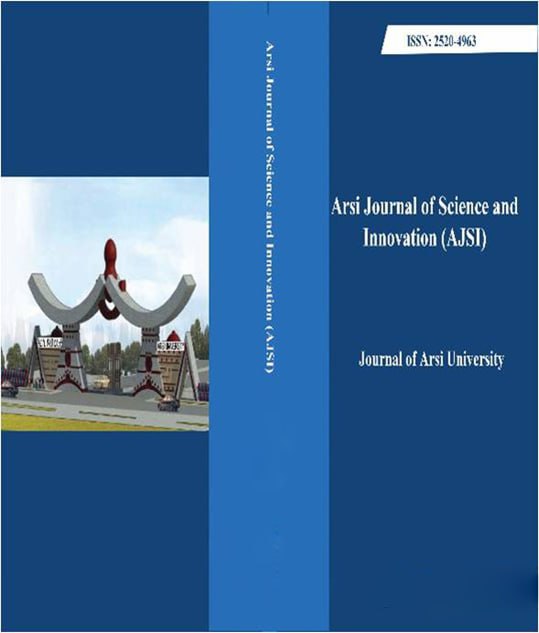Assessment on the burden of drug-related problems among ambulatory patients with type 2 diabetes on follow-up at selected hospitals of Southwest Ethiopia
DOI:
https://doi.org/10.20372/jnah-1s62Keywords:
Type 2 Diabetes mellitus, drug-related problem, ambulatory, Ethiopia.Abstract
Background: The emergence ofdrug-related problems might contribute to poor control of blood glucose levels, increased health care costs and poor health-related quality of life. Hence, the present study was designed to assess the burden ofdrug-related problems among patients with type 2 diabetes on treatment follow-up at the selected hospitals in Southwest Ethiopia.
Methods: Hospital-based cross-sectional study was conducted on ambulatory type 2 diabetic patients on treatment follow-up at Mizan Tepi University Teaching Hospital and Gebretsedik Shawo General Hospital from November 2017 to September 2018. A pre-tested semi-structured questionnaire and data abstraction format were used to collect relevant information from patients and their medical records, respectively. Data were analyzed using STATA version 13.0 software.
Result: This study included 260 patients, 251 (96.5%) of whom experienced at least one drug related problem. A total of 472 drug-related problems which accounted for an average of 1.82 ± 0.59 (mean ± SD) problems per patient was identified. The participants with one, two and more drug-related problems were accounted for 16.9%, 73.4% and 6.2% respectively. The common problems were related to the need for additional drug therapy (84.6%) for either lipid lowering and/or antiplatelet effect, dose too low (anti-diabetic medication dose escalation was not optimal) (84.2%) and non-adherence to medication (31.2%). Adverse drug reaction (3.4%) was the least prevalent type of the identified problem.
Conclusion: There was a high burden ofdrug-related problems among ambulatory type 2 diabetic patients on treatment follow-up. Hence, great emphasis should be given in improving the quality of their care.
Downloads
Downloads
Published
Issue
Section
License
Copyright (c) 2024 Muktar Sano Kedir, Mohammed Salahuddin, Teshome Gebissa, Wondeson Gadisa Gobena, Abdurazak Jemal Tura, Mohammednur Hussein Tufa, Kaveripakkam Mohammed Ali Noorulla (Author)

This work is licensed under a Creative Commons Attribution-NonCommercial 4.0 International License.
